Top 9 Famous Landmarks and Things to See in Japan
With so many shrines, castles, and gardens to choose from, where do you start? Here are our picks for the essential sites to see across Japan.
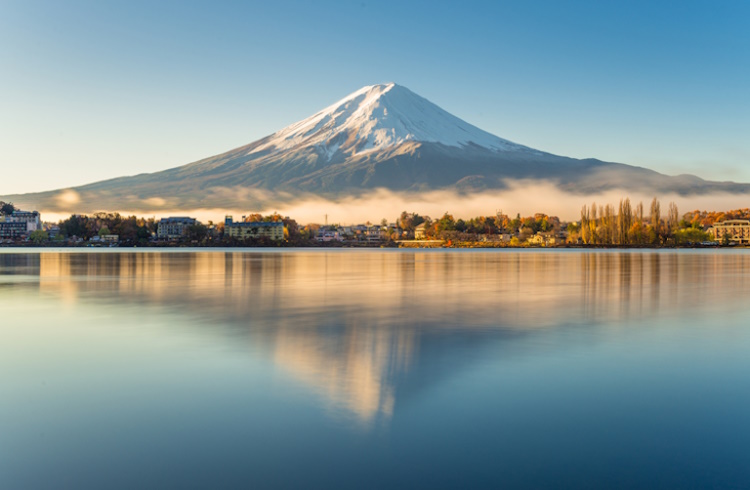 Photo © Getty Images / Suttipong Sutiratanachai
Photo © Getty Images / Suttipong Sutiratanachai
- Mount Fuji
- Hiroshima Peace Memorial Park
- Himeji Castle (Himeji City)
- Tōdai-ji (Nara)
- Fushimi Inari Taisha (Kyoto)
- Arashiyama Bamboo Grove (Kyoto)
- Osaka Castle
- Jigokudani Monkey Park (Nagano)
- Tokyo Tower
Mount Fuji
An iconic symbol of Japanese culture, this perfectly cone-shaped, active volcano is the country’s tallest peak, at 12,388 ft (3,776m). On a clear day, it’s visible from Tokyo. Other great viewing points include the northern shore of Lake Kawaguchiko in the Fuji Five Lakes region (which sometimes rewards you with a mirror-like reflection of Fuji-san), or from aboard the shinkansen train between Tokyo and Osaka. Followers of both Shinto and Buddhism regard Fuji-san as sacred – thousands of people climb the mountain each year, some as an act of pilgrimage, others for the challenge and the views.
Hiroshima Peace Memorial Park
This UNESCO site is of grave importance to Japan. Starting at the base of the park, you can tour the Hiroshima Peace Memorial Museum, which tells the story of the atrocities on August 6, 1945 and its aftermath. Other monuments in the grounds include a cenotaph and a hall of remembrance, which offers a 360° panorama of the bombed city.
Take a short stroll alongside the Motayasu river and you will encounter The A-Bomb Dome, the former Prefectural Industrial Promotional Hall, which remains the only building left since the disaster.
Himeji Castle (Himeji City)
Known as the “White Heron Castle” for its white color and elegant design, this castle is the best-preserved of Japan’s ancient castles, and arguably its most spectacular. It was completed in 1609, when Japanese castle architecture was at its pinnacle. It was never seriously damaged by fire, war, or earthquake and retains many of its original details.
The complex consists of a six-story main keep – climb to the top for great views – surrounded by three secondary keeps and some 80 gates, turrets, and other fortified structures. The castle is especially beautiful during cherry-blossom season, but be prepared for crowds.
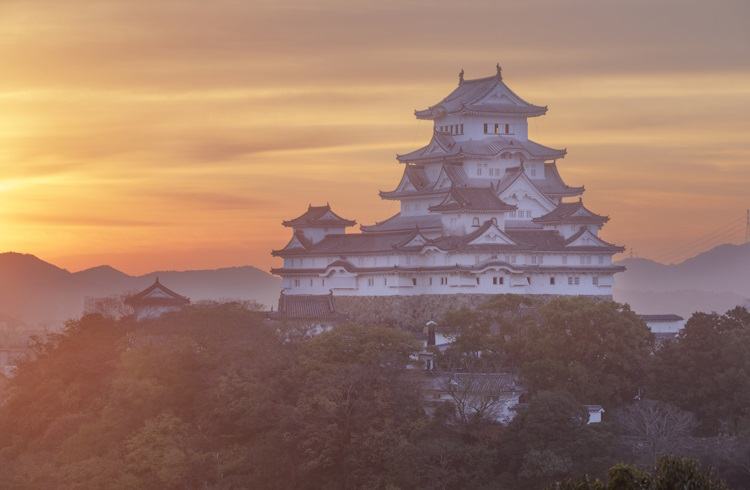
Tōdai-ji (Nara)
Situated in Nara, Japan's first permanent capital, Tōdai-ji is all about superlatives. It's the largest wooden building in the world and houses the 52ft/16m high Diabutsu (Great Buddha), one of the largest bronze statues in the world.
The temple's main gate, Tōdai-ji Nandai-mon (Great South Gate) is the largest temple entrance gate in Japan, renowned for its two fierce-looking, dynamically posed guardian statues.
Fushimi Inari Taisha (Kyoto)
This stunning shrine on the southern outskirts of Kyoto contains around 10,000 vermillion torii gates arranged in a series of curving passageways. Fushimi Inari is dedicated to the deity of the harvest and of business – many of the gates were donated by Japanese companies. As you hike through the torii tunnels up towards the top of the mountain, you’ll pass a number of sub-shrines and many statues of foxes, who are believed to be the divine messenger of Inari.
Fushimi Inari can get very crowded, so plan to go early in the day. Crowds also grow thinner the farther you get from the entrance.
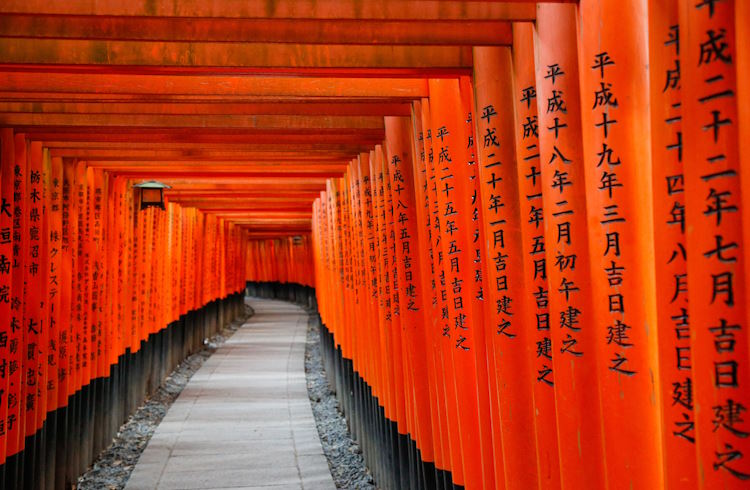
Arashiyama Bamboo Grove (Kyoto)
Located in northwest Kyoto in the Arashiyama district, this famous site features a meandering path through towering stalks of bamboo. Walking the path is a serene and otherworldly experience (though it can get crowded). It’s best accessed via the nearby Tenryu-ji Temple, a World Heritage site with its own beautiful Zen garden.
Osaka Castle
The 16th-century building is Osaka’s showpiece attraction. After strolling through the castle grounds, you’ll encounter the jaw-dropping beauty of the castle’s main tower.
Inside, a museum tells the history of the building, while an observatory 164ft (50m) high offers views across the city. The castle is surrounded by moats and stone walls while 13 structures that escaped various wars are of recognized historical value to the Japanese government.
Visit the castle in spring to admire the cherry blossoms while relaxing in the castle grounds with okonomiyaki – a local delicacy.
Jigokudani Monkey Park (Nagano)
Head to Jigokudani Park, in Nagano, where you can see Japanese macaques (aka snow monkeys) relax in the onsen. Jigokudani is a natural habitat of these monkeys, and the park was established as conversation area where people could view them in the wild. During the winter months, they can be seen bathing in the natural hot springs, often with a dusting of snow atop their heads. The best time to visit is January-February.
Useful tip: Keep your clothes on – this is for viewing only.
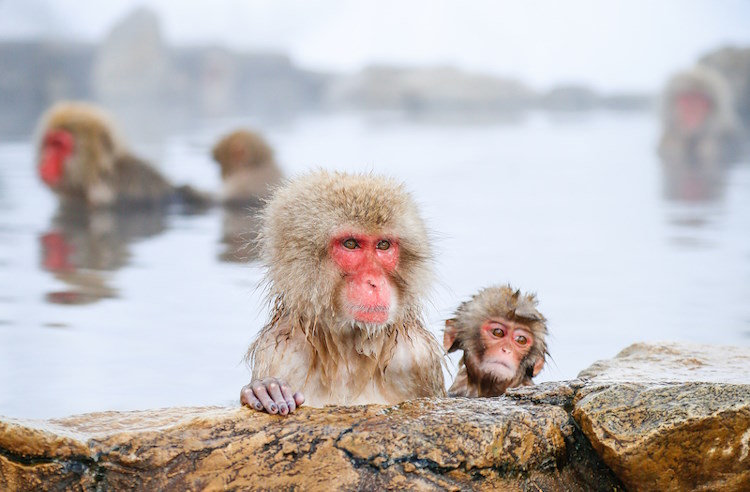
Tokyo Tower
Boldly painted in red with white trim, Tokyo Tower rises to a height of 1,092ft (333m) in the heart of Tokyo. Still the world’s tallest self-supported steel tower, it was the tallest structure in Japan before the Tokyo Skytree was completed in 2012. Tokyo Tower was erected in 1958 as a broadcasting tower and a symbol of Japan’s post-WWII recovery and economic strength. It was modeled after the Eiffel Tower in Paris but is 10ft (3m) taller. The top observation deck, at 820ft (250m) high, offers spectacular views over Tokyo and sometimes all the way to Mount Fuji.
Related articles
Simple and flexible travel insurance
You can buy at home or while traveling, and claim online from anywhere in the world. With 150+ adventure activities covered and 24/7 emergency assistance.
Get a quote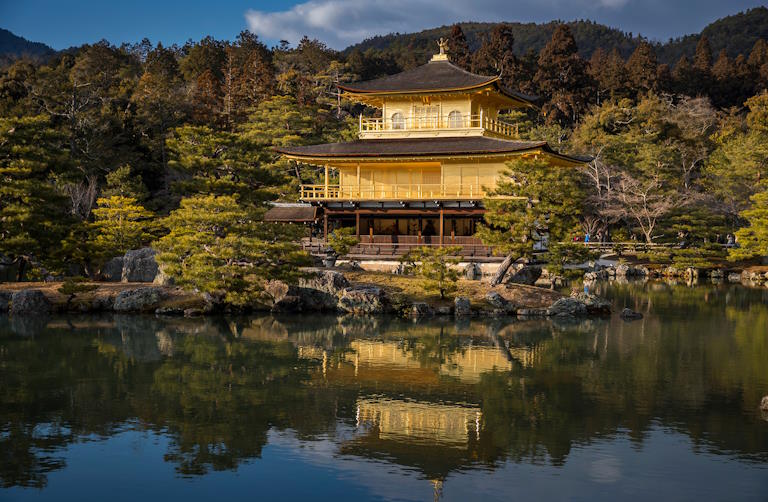
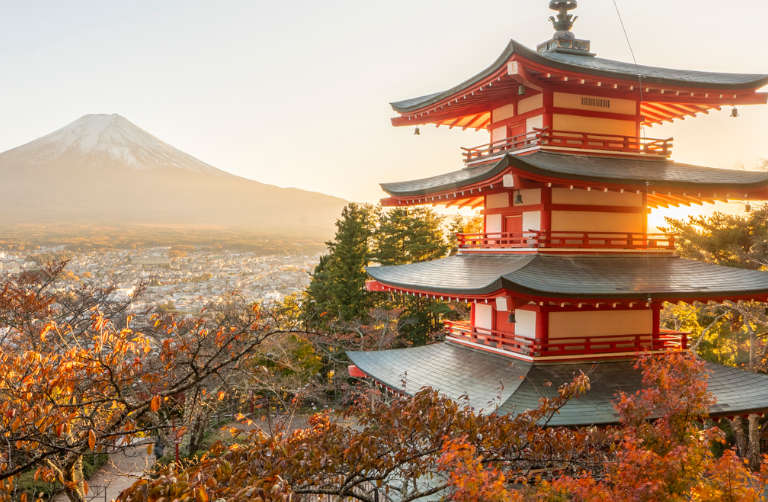
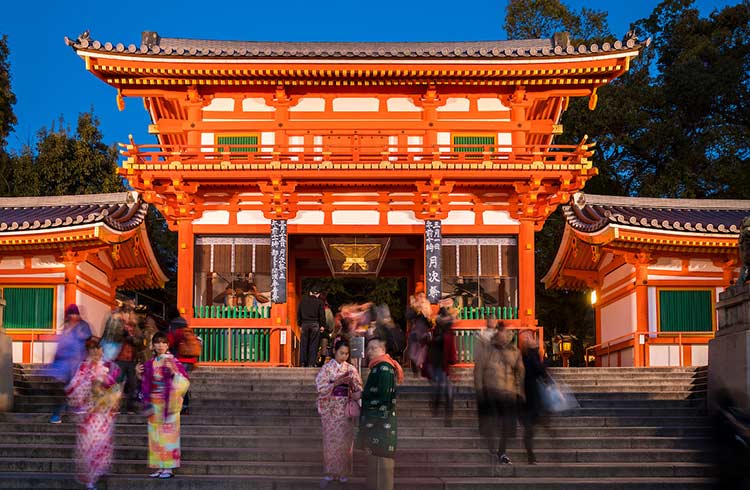
1 Comment
My wife and I would like to visit Japan for 2 weeks on a budget, if you can recommend a travel package including hotels and guided tours would be much appreciated.
Thank you kindly
Anwar Tadros